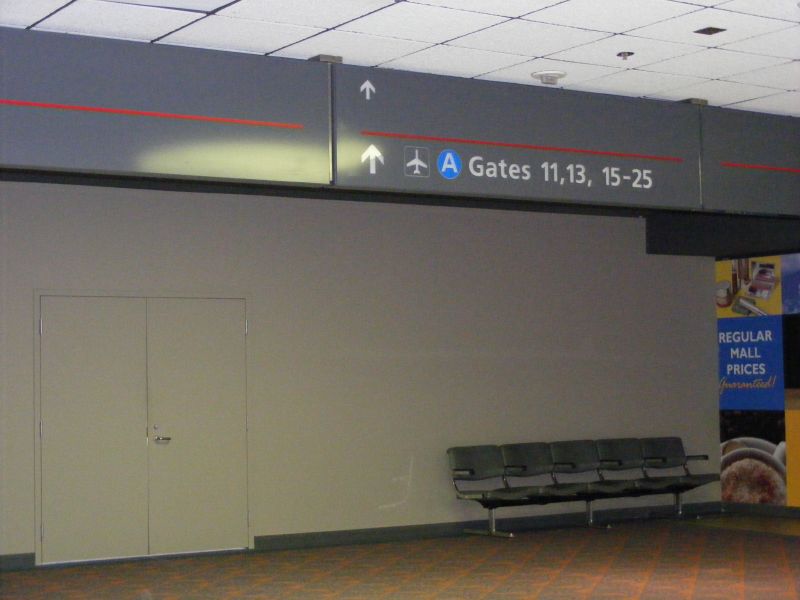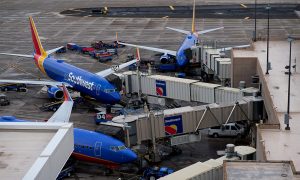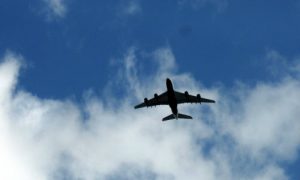For the past few decades, airlines built up service at a variety of cities around the country. It wasn’t that the market required the flights. Instead, these cities were called “hubs,” places where the carriers fed traffic east-west, or north-south. The idea was to maximize efficiency, and fill airplane seats.
But as airlines continue to consolidate and change the markets they serve, local airports are feeling the squeeze. No airports feel that pain more than those that had been major airline hubs,but were downsized or dehubbed. Some on that list include:
- Pittsburgh for US Airways (now merged with American Airlines)
- Cincinnati and Memphis for Delta Air Lines
- Columbus, Ohio, for America West
- St. Louis and Nashville for TWA/American Airlines
- Cleveland for United Airlines.
Take the case of Pittsburgh. The airport, working with US Airways, opened a new modern terminal in 1992 that featured the country’s first AirMall and offered passengers easier access to both airplanes and airport concourses.
The Allegheny County Airport Authority, which runs Pittsburgh, spent $673 million to build the new facilities for US Airways. But after the attacks of 9/11, airlines lost billions of dollars. And, they started looking at everything in a bid to cut costs.
For US Airways, that included asking the airport authority to cut fees at the facility, saying it was losing $40 million a year at the hub. The sides were unable to come to an agreement, so in 2004, US Airways began cutting the hub, shifting flying to its Charlotte and Philadelphia hubs.
US Airways went from 41,000 daily seats in May 2000 down to 10,000 seats by May 2007, according to numbers compiled by aviation consultancy SH&E.
The carrier slashed 7,000 jobs, which had a ripple effect on the community. And the airport boarded up 12 of the 25 gates in Concourse B and Concourse E, which had 22 gates, is now a parking lot.
In the past, it made money by leasing out unused gates as aircraft parking for leasing companies.
But it hasn’t been all bad for Pittsburgh. The airport has seen average fares fall, and it has managed to attract new carriers including Southwest Airlines, AirTran and JetBlue.
In 2005, Cincinnati/Northern Kentucky International Airport handled 600 flights a day for Delta and Delta Connection. Although it still has an international flight to Paris Charles De Gaulle airport, it’s down to 110 flights a day. it has gone from serving 20 million passengers a year in 2002 to 5.7 million in 2013.
While Cincinnati airport has three terminals, two of them are now closed. Delta now operates only out of Concourse B in Terminal 3, while a renovated Concourse A is used by other airlines. Airport officials have worked hard to bring in new carriers, including Frontier Airlines and Allegiant Airlines.
Hubs including Nashville, St. Louis and Columbus have had some success revamping after losing their hubs. The jury’s still out on Cincinnati, Memphis and Cleveland as they continue to adjust to the new world order. Take a look at your local airport and see how airline consolidation has affected the bottom line.
VIDEO
Benét J. Wilson is co-editor of AirwaysNews.com and blogs at AviationQueen.com. She has been an aviation/travel journalists for more than 20 years. Follow her on Twitter @AvQueenBenet











